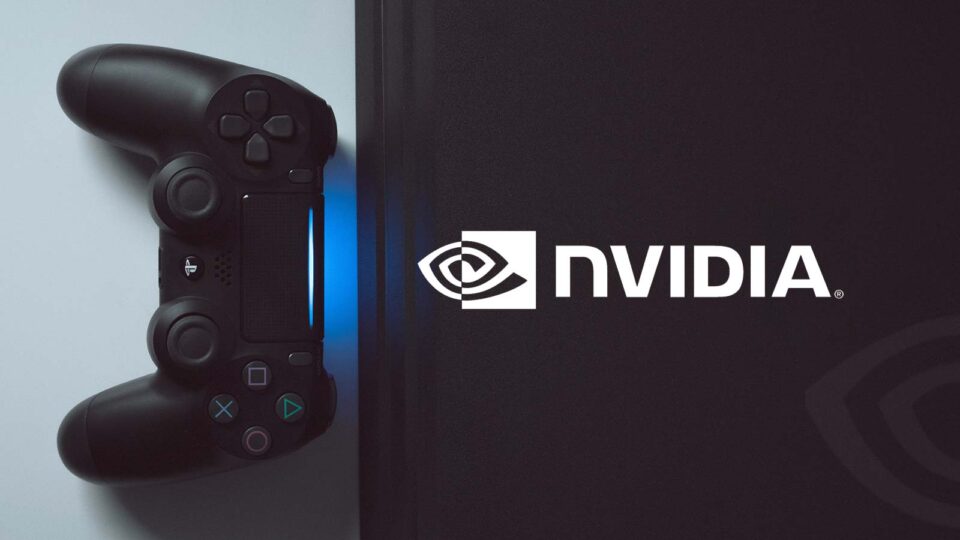NVIDIA announced the GeForce RTX 4060 family of GPUs, with two graphics cards that deliver all the advancements of the NVIDIA Ada Lovelace architecture — including DLSS 3 neural rendering and third-generation ray-tracing technologies at high frame rates — starting at just $299.
The GeForce RTX 4060 Ti and GeForce RTX 4060 deliver unparalleled performance at fantastic value — bringing for the first time to the company’s popular 60-class twice the horsepower of the latest gaming consoles, including ray tracing for premium image quality on top games.
“The RTX 4060 family delivers PC gamers both great value and great performance at 1080p, whether they’re building a gaming battle box or an AI-assisted creation station,” said Matt Wuebbling, vice president of global GeForce marketing at NVIDIA. “These GPUs deliver an incredible upgrade, starting at just $299, putting Ada Lovelace and DLSS 3 in the hands of millions more worldwide.”
CIO INFLUENCE: Exascend Launches Industrial-Grade SD and MicroSD Cards to Meet Growing IoT Edge Storage Demand
DLSS Brings AI-Accelerated Performance to 300+ Titles
The GeForce RTX 4060 family provides access to the 300+ games and applications that now support DLSS, with eagerly anticipated titles The Lord of the Rings: Gollum and Diablo IV to include DLSS 3. A DLSS 3 plug-in for Unreal Engine 5 is also coming soon.
DLSS 3 showcases the growing importance of AI in real-time games by creating new, high-quality frames for smoother gameplay. It massively increases performance in combination with DLSS Super Resolution, which uses AI to output higher-resolution frames from a lower-resolution input. Exceptional responsiveness is maintained through NVIDIA Reflex, which reduces input lag.
The Ultimate Graphics Cards for 1080p Gaming
The GeForce RTX 4060 Ti is on average 2.6x faster than the RTX 2060 SUPER GPU and 1.7x faster than the GeForce RTX 3060 Ti GPU. For titles without frame generation, the RTX 4060 Ti is 1.6x faster than the RTX 2060 SUPER GPU.
The RTX 4060 Ti’s memory subsystem features 32MB of L2 cache and 8GB or 16GB of ultra-high-speed GDDR6 memory. The RTX 4060 has 24MB of L2 cache with 8GB of GDDR6. The L2 cache reduces demands on the GPU’s memory interface, ultimately improving performance and power efficiency.
Ray tracing performance has improved significantly from the previous generation, thanks to advancements like Shader Execution Reordering, cutting-edge Opacity Micromap and Displaced Micro-Mesh Engines. These innovations enable even the most demanding games to simultaneously implement multiple ray-tracing effects, and even full ray tracing, also known as path tracing, for unparalleled realism and immersion.
CIO INFLUENCE: CSI Adds IT Governance to Advisory Services Offering as Cybersecurity, Regulatory Landscapes Grow in Complexity
Perfect for Content Creators
The GeForce RTX 4060 family of GPUs comes backed by the NVIDIA Studio platform, which brings creators RTX acceleration and AI tools at a more accessible starting price. Serving livestreamers, video editors, 3D artists and others, the platform supercharges over 110 creative apps, provides lasting stability with NVIDIA Studio Drivers and includes a powerful suite of AI-powered Studio software, such as NVIDIA Omniverse, Canvas and Broadcast.
Creators of many disciplines can benefit from new fourth-generation Tensor Cores, which provide a significant performance increase for AI tools compared with the last generation. Accelerated AI features allow creators to automate tedious tasks and apply advanced effects with ease.
3D modelers rendering high-resolution, ray-traced scenes can expect up to 45% faster performance than with the previous-generation GeForce RTX 3060 family. Adding AI-powered DLSS 3 — including within Omniverse, a hub for interconnecting existing 3D workflows to replace linear pipelines with live-sync creation and real-time collaboration — greatly accelerates the viewport in real-time 3D rendering applications, enabling a more fluid editing experience with full lighting, materials and physics.
Broadcasters can use the eighth-generation NVIDIA video encoder, called NVENC, with best-in-class AV1 hardware encoding, and benefit from 40% better encoding efficiency. Livestreams will appear as if bitrate was increased by 40% — a big boost in image quality for popular broadcast apps like OBS Studio. Broadcasters can also benefit from NVIDIA Broadcast and its set of AI effects that improve microphones and webcams, turning rooms into home studios.
Video editors can benefit from a host of AI tools like auto-reframe, smart object selection and depth estimation, now available in top applications such as Adobe Premiere Pro and DaVinci Resolve, and export in AV1 for reduced file sizes.
CIO INFLUENCE: SEEQC Unveils Italy’s First Quantum Computing System
[To share your insights with us, please write to sghosh@martechseries.com]


